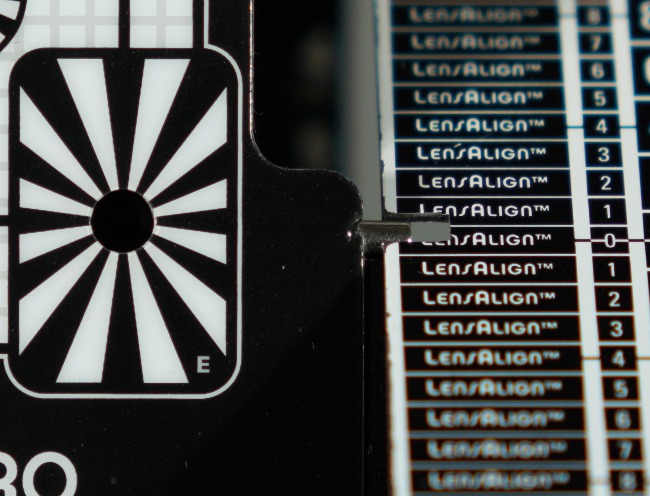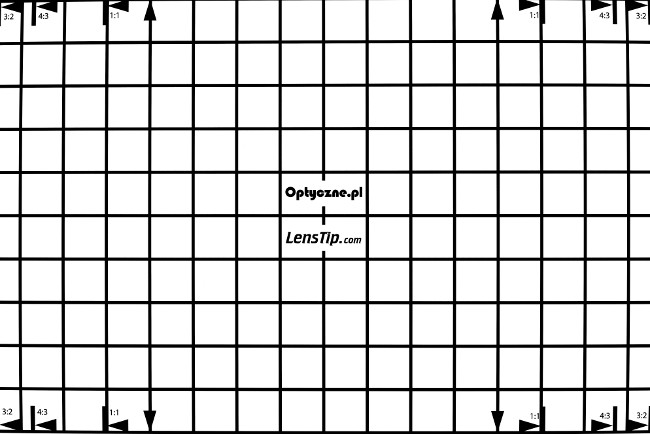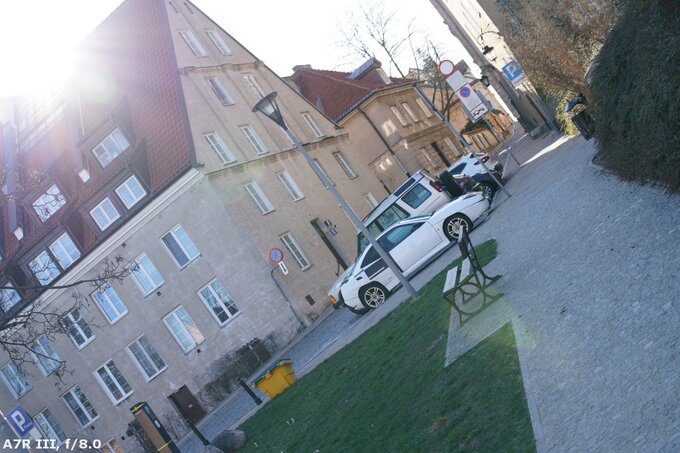Sigma C 50 mm f/2 DG DN – first impressions and sample images
3. Several words about optical properties and autofocus
Image quality
Our sample shots show clearly that the Sigma 2/50 is able to generate images of excellent image quality already at the maximum relative aperture. It bodes very well for the full test and let me add that I can hardly wait.Chromatic aberration
The producers decided to use just one low dispersion element in the optical construction. It's a bit strange, especially if you take into account the fact that the new Sigma might compete with two 2/50 class lenses with APO letters in their name (Leica and Voigtlander).Photo below shows that longitudinal chromatic aberration is not corrected perfectly well and in this aspect the Sigma might perform weaker than its rivals. The effect is perhaps not so distinct but the bar has been raised very high here.
| A7R III, f/2.0 |
 |
Distortion
A huge surprise is waiting in this category. After a small slip-up of the Sigma A 50 mm f/1.4 DG DN it seemed the Sigma C 50 mm f/2 DG DN could perform only weaker. It is not the case. The new model shows very slight barrel distortion, of about -0.5%, so it performs as befits a good quality contemporary standard lens. A round of applause!
| Sony A7R III, 50 mm, JPEG | |||
 |
|||
Vignetting
At the maximum relative aperture vignetting makes itself felt, reaching about 59% (-2.6 EV) – a result almost exactly the same as in case of the Apo Lanthar 2/50. On stopping down the aperture to f/2.8 vignetting drops to about 38% (-1.4 EV).
Please Support UsIf you enjoy our reviews and articles, and you want us to continue our work please, support our website by donating through PayPal. The funds are going to be used for paying our editorial team, renting servers, and equipping our testing studio; only that way we will be able to continue providing you interesting content for free. |
- - - - - - - - - - - - - - - - - - - - - - - - - - - - - - - - - - - - - - - - - - - - - - - -
At first glance it might seem that it is a slip-up, after all the bigger Sigma performs like the smaller and lighter Apo Lanthar. Still, you have to remember three things. Firstly, the Sigma is more optically complex so you have to take into account additional loss of light due to more glass elements and more air-to-glass surfaces. Secondly, the Sigma features an autofocus unit and its mechanism has to take some space inside the barrel. Thirdly, the Sigma, unlike the Voigtlander, doesn't change its dimensions during focusing.
| A7R III, FF, f/2.0 | A7R III, FF, f/2.8 |

|

|
Flares
The Sigma C 50 mm f/2 DG DN fares well against bright light. In fact, a greenish flare of low intensity is the only thing you can catch and images still remain properly contrasted. |
Autofocus
The autofocus unit of the Sigma C 50 mm f/2 DG DN joined with the Sony A7R III is noiseless and sensibly fast. Running through the whole distance range and confirming the focus amounts to about 0.6-0.7 of a second. That time can be even shortened by about 0.2 of a second if you switch the autofocus into the AF-C mode.When it comes to accuracy we didn't have any serious reservations – in the majority of cases the lens focused where we wanted it to.
Of course only after testing the final specimen we will be able to assess it properly.






